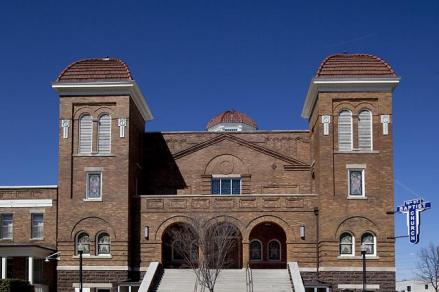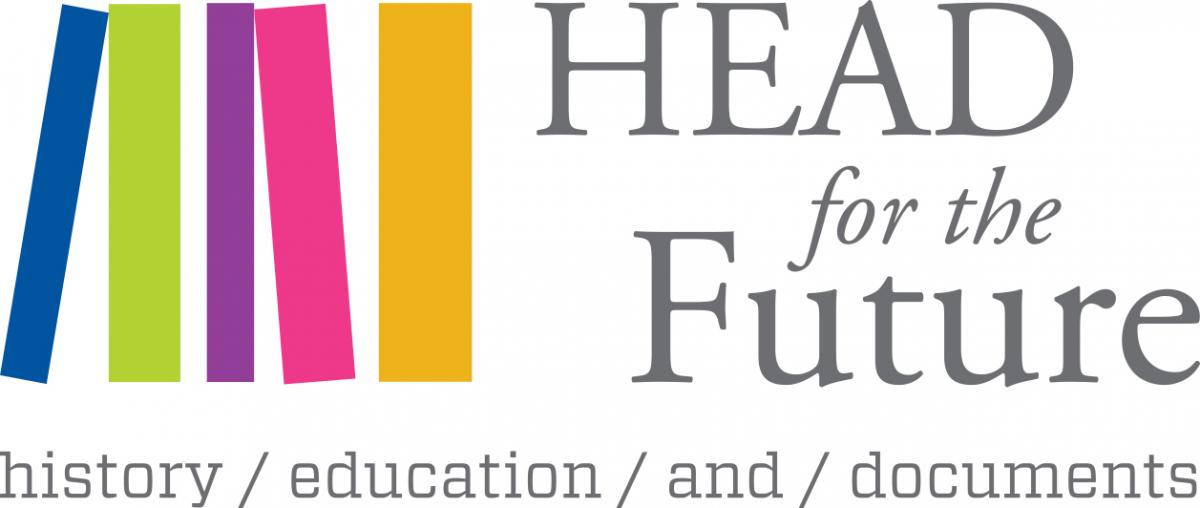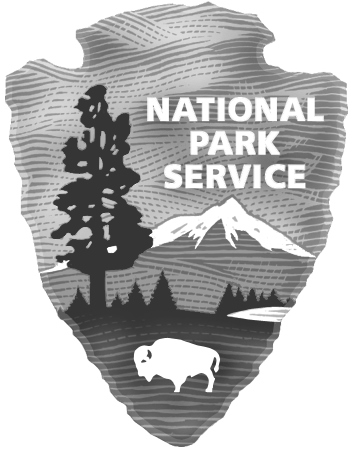This lesson is designed to be used in conjunction with the reading of Martin Luther King Junior’s book Why We Can’t Wait as well the reading of his speech “I’ve Been to the Mountaintop.” The main learning objective is to understand how the national landmark - the 16th Street Baptist Church - influenced the Civil Rights Movement, and how its physical space creates an opportunity to understand how choices pertaining to geographical locations influence history.
Big Ideas: Physical space choices influence world events in unexpected ways, sometimes tragically, sometimes positively. This choice by Dr. King, Fred Shuttlesworth and others, in the case of the 16th Street Baptist Church, as a place to hold meetings pertaining to the Civil Rights Movement, significantly led to events that impacted the Civil Rights movement at large.



